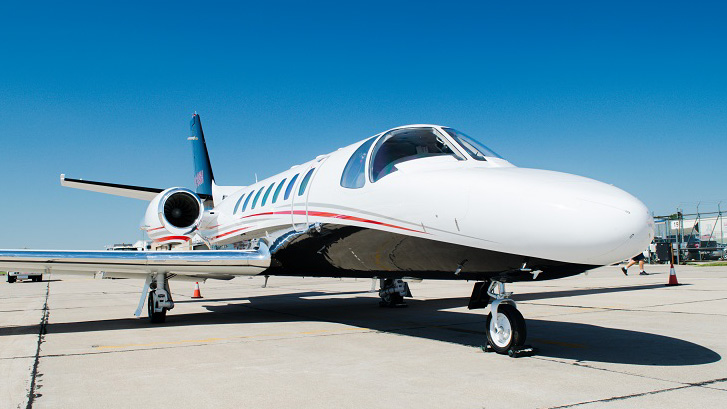I don’t usually like to recycle content or themes, but I recently took a peek at some of our trip trends for 2023 and was reminded that I looked at 2022 trip trends early last year. Which is a much wordier than is necessary way of saying that I thought it’d be interesting to compare 2023 trends to our 2022 trends. I used an identical sample size (1,000 randomly selected trips) and an identical period (12 months), so it’s as apples-to-apples as comparison can get. So, if you really think about it, it’s not rrreeeeaaaalllllyyyyy recycling.
Here’s what I found:
- Primary destinations remained largely the same. A midwestern emphasis (Nebraska, Iowa, Kansas, Colorado) with most out-of-region travel being Arizona and Florida.
- 61% of trips departed from the Omaha/Lincoln area(s). Up from 55% last year.
- Unique destinations were down to 478 from 500 (~4% change).
- Average live leg distance increased from a hair over 400nm to a hair over 600nm. I’m honestly not sure about this one. That’s a big enough shift that it forces me to question my own ability to do math and/or sample select……. Either way, I’ll keep looking at this one and will eventually touch on it again.
- Breakdown by type in 2023 as compared to 2022:
- Light jet – 45% (up 1%)
- Mid – 31% (same)
- Super – 2% (same)
- Turboprop – 22% (down 1%)
- 92% were three nights or fewer.
- This one gets skewed a bit as one-way travel gets wrapped up into a “zero overnight” category. I can definitely break this out and will in a future post along with the distance change(s).
Overall, there were more retail hours, fewer jet card, and slightly fewer fractional hours flown. That’s consistent with industry trends for last year but, as was noted in last month’s post, growth efforts will focus primarily on jet card hours, marginally growing fractional hours, and reducing retail. A little counter-intuitive given that retail flying is typically higher margin but it’s less dependable in terms of monthly volume. I’ll take slightly reduced margin(s) with three times the use all day every day. It doesn’t work out exactly like that, but you get the idea. A little less, more often, can lead to more overall if you get the right balance.
It’s like a double pan balance scale and we know exactly which weights we’re dealing with. And because we understand the weights involved, we’re able to balance what we need, how we need, when we need to.
-Mark
